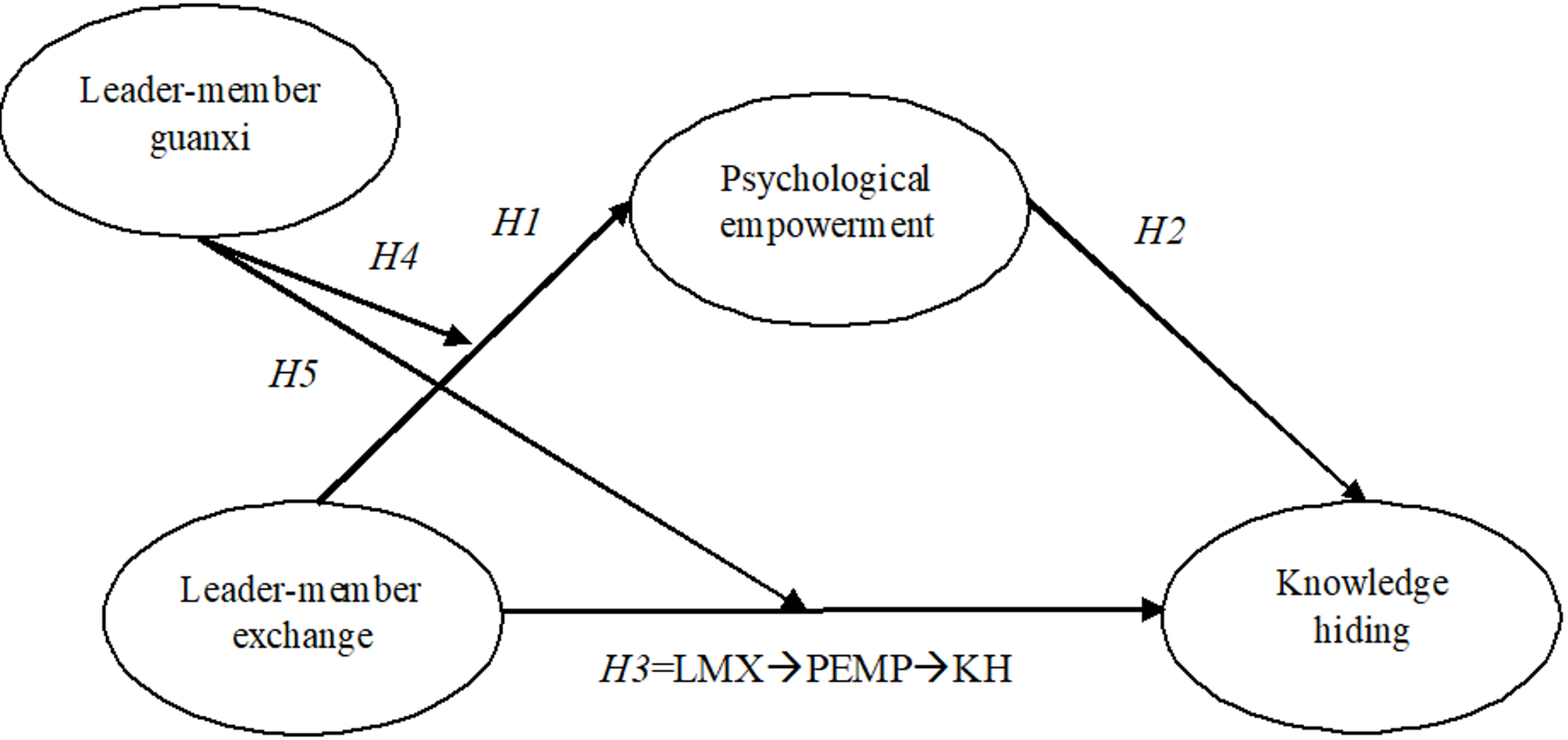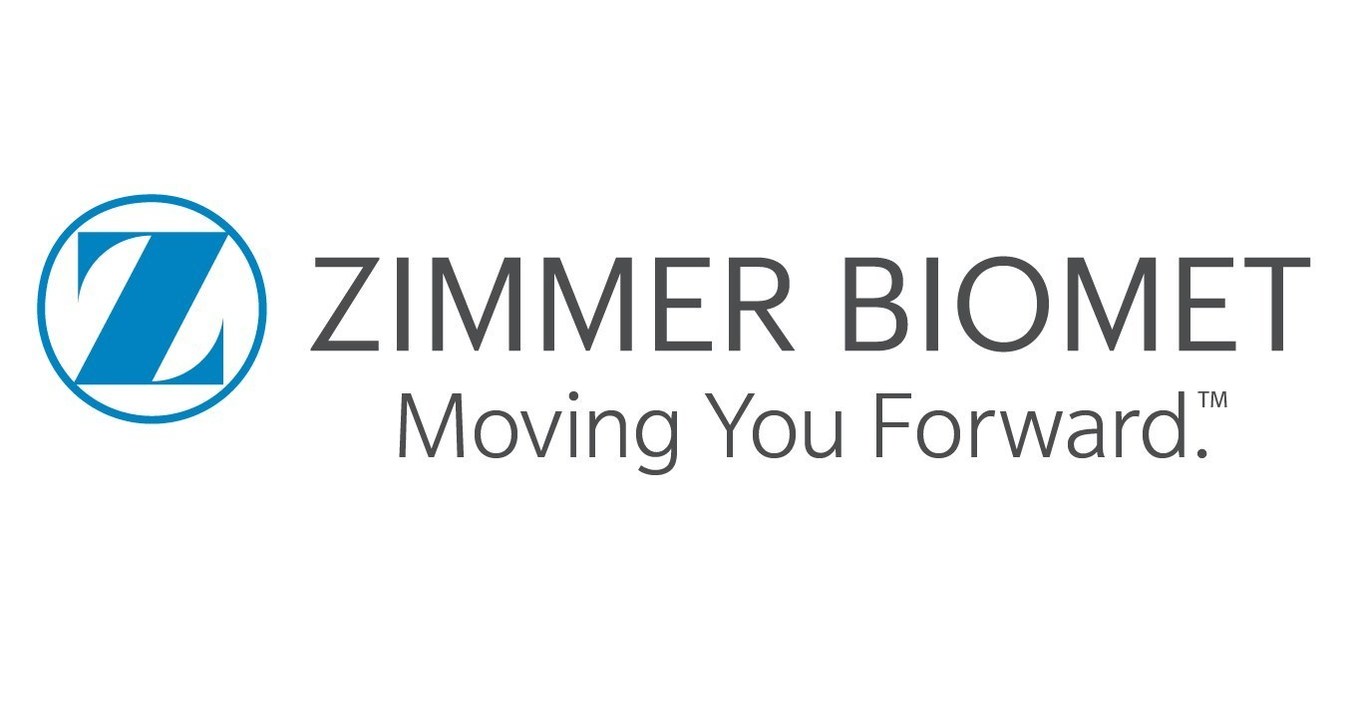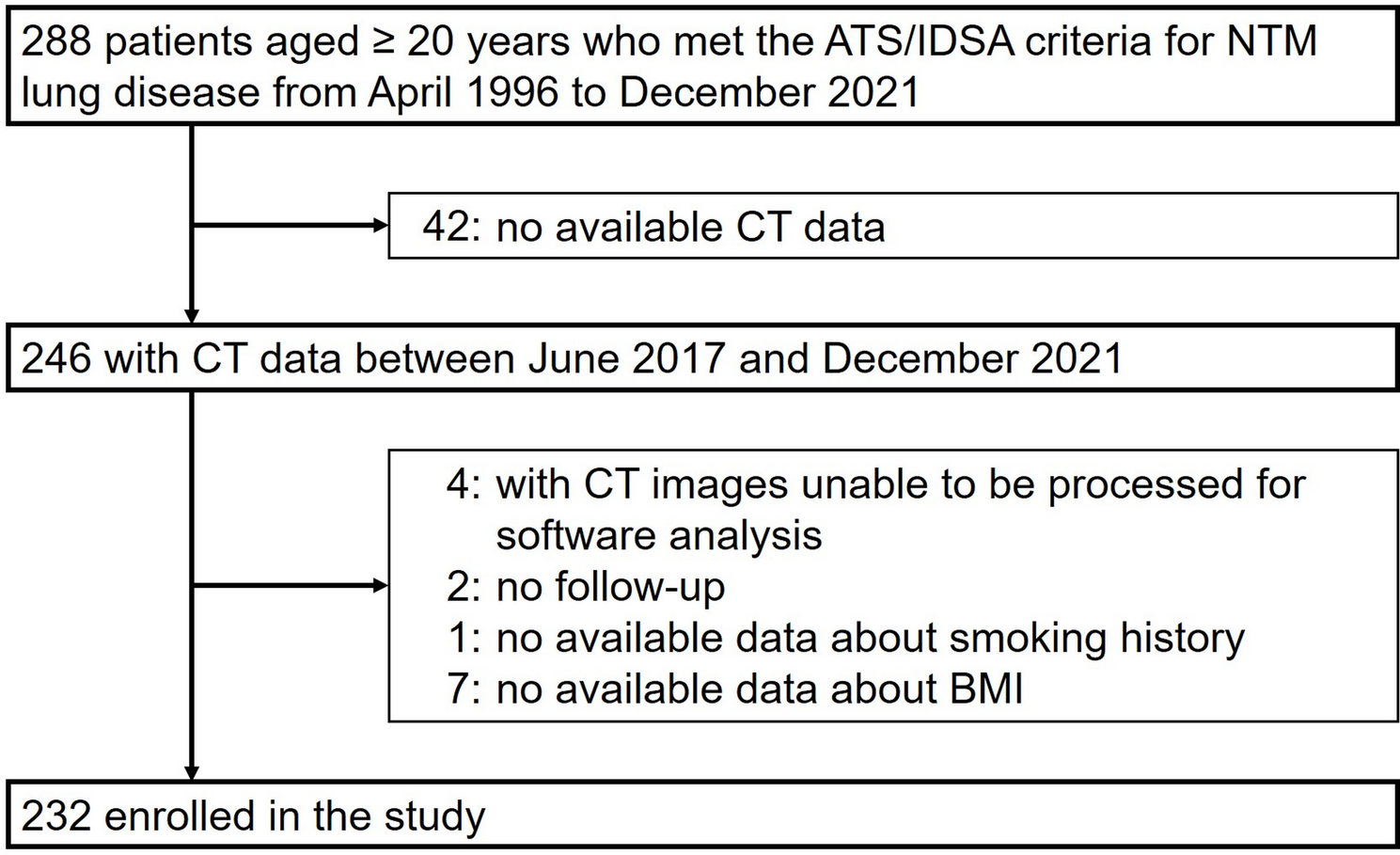From scaring her mum with makeshift scars to transforming actors into ogres and vampires, Gayle Jones has built a career around turning faces into art… and now she is turning her skills towards young trick-or-treaters ahead of…
Blog
-

Mitigating knowledge hiding through leader-member exchange and psychological empowerment: the moderating role of leader-member guanxi | BMC Psychology
Leader-member exchange vs. leader-member Guanxi
Both leader-member exchange and leader-member guanxi emphasize relational quality, trust, and mutual commitment between supervisors and subordinates. However, while they appear conceptually similar…
Continue Reading
-

Dorie Greenspan’s Favorite Pastry Shops in Paris
From cult classics to hidden gems, this is where a world-famous baker goes for the sweetest bites in the City of Light.
Continue Reading
-

‘Dry Leaf’ Director Interview on Old Phone, Pet Shop Boys Film
Georgian writer-director Alexandre Koberidze (What Do We See When We Look at the Sky?) shot his latest feature film, Dry Leaf, on an old Sony Ericsson phone, with his father, David, as the star, and music and sound courtesy of Alexandre’s…
Continue Reading
-

Zimmer Biomet Highlights Robotics & Musculoskeletal Product Innovations at 2025 AAHKS Annual Meeting
Company to Spotlight Comprehensive Hip & Knee Portfolios and Latest Advancements in Robotics, Including the mBôs™ System Following Recent Acquisition of Monogram Technologies
WARSAW, Ind., Oct. 21, 2025 /PRNewswire/ — Zimmer Biomet Holdings, Inc. (NYSE and SIX: ZBH), a global medical technology leader, today announced that it is highlighting bold innovations across its broad robotics and musculoskeletal portfolio at the 2025 annual meeting of the American Association of Hip and Knee Surgeons (AAHKS).
During the meeting, the company’s booth will prominently feature its broad knee and hip portfolio of customer-centric solutions and infection solutions, along with the latest robotic technologies and data solutions to meet a vast array of surgeon techniques and preferences. Zimmer Biomet will also showcase the surgeon-guided robotic technology recently acquired through the Monogram Technologies Inc. acquisition.
“Orthopedics is at a pivotal moment,” said Ivan Tornos, Chairman, President and Chief Executive Officer of Zimmer Biomet. “As the population ages and expectations rise, patients are demanding more: less disruption, faster recovery and care that fits their lives. Surgeons need solutions that match this urgency, and that’s why we’ve engineered next-generation hip and knee implants and curated an ecosystem of robotics, digital platforms and AI. This isn’t incremental innovation — it’s the most ambitious innovation cycle in our company’s history, positioning Zimmer Biomet to deliver the industry’s most comprehensive and adaptable suite of orthopedic robotics and navigation technologies designed to elevate surgical precision and transform patient outcomes.”
The highlights at the Zimmer Biomet booth (#1206) include:
Digital and Technology Solutions
- mBôs™ TKA System : a CT-based, semi-autonomous, total knee arthroplasty (TKA) robotic technology that received U.S. Food and Drug Administration (FDA) 510(k) clearance. A surgeon-guided fully autonomous version of this technology is currently in clinical trials.
- ROSA® Knee with OptimiZe ™: the newest version of the ROSA® Knee System that customizes and looks to enhance the surgeon’s experience with personalized and intelligent surgical planning, new positioning, tracking and alignment features to improve accuracy1 and reduce user variability,2 pending U.S. FDA 510(k) clearance.
- TMINI® Miniature Robotic System : a state-of-the-art miniature, handheld, wireless CT-based robotic system designed to enable accurate and precise implant placement.
- ZBEdge® Analytics : a data platform that delivers intra-operative, mobility and outcome insights directly on a smartphone application, enabling surgeons to objectively assess performance and understand the potential impact of clinical decisions on patient recovery.
- mymobility® Care Management Platform : a digital care management platform that delivers continuous data and patient-reported feedback to facilitate care, outcomes and satisfaction about patients’ surgical preparation and recovery.
Knee Reconstruction Technologies
- Oxford® Cementless Partial Knee : the only FDA-approved mobile cementless partial knee implant in the U.S. that has been shown to be efficient3,4 in the operating room and has been proven to have excellent survivorship5,6 worldwide.
- Persona® OsseoTi® Keel Tibia : a cementless tibia for TKA with a 3D printed porous tray that provides stable initial and biological fixation and intra-operative versatility.7
- Persona® SoluTion™ PPS® Femur : a knee implant component designed to serve as an alternative metal for patients with certain metal sensitivities like nickel and cobalt-chrome (Co, Cr, Ni) and bone cement that features a porous coating for cementless fixation and leverages a proprietary surface treatment designed to enhance wear performance.8,9
- Persona IQ® The Smart Knee® : a first-to-world smart knee implant that captures patient-specific gait and range of motion metrics directly from the knee during patient monitoring to provide post-operative recovery insights10,11 and trends, allowing care teams to monitor and personalize the TKA patient experience.10-12
Hip Reconstruction Technologies
- Z1® Femoral Hip System : offers an expansive size range and three distinct neck options designed to address a variety of patient anatomies and reconstructive needs.
- OrthoGrid Hip AI® : an AI-powered, fluoroscopy-based technology that provides direct anterior hip surgeons with intuitive and instantaneous intra-operative tools to assist surgeons in achieving the desired surgical outcomes for component positioning.13
- HAMMR® Automated Hip Impaction System : designed to address surgeon strain, fatigue and repetitive motion associated with the traditional mallet.
For more information about Zimmer Biomet events at 2025 AAHKS, visit https://www.zimmerbiomet.com/en/aahks2025.html.
About Zimmer Biomet
Zimmer Biomet is a global medical technology leader with a comprehensive portfolio designed to maximize mobility and improve health. We seamlessly transform the patient experience through our innovative products and suite of integrated digital and robotic technologies that leverage data, data analytics and artificial intelligence.
With 90+ years of trusted leadership and proven expertise, Zimmer Biomet is positioned to deliver the highest quality solutions to patients and providers. Our legacy continues to come to life today through our progressive culture of evolution and innovation.
For more information about our product portfolio, our operations in 25+ countries and sales in 100+ countries or about joining our team, visit www.zimmerbiomet.com or follow on LinkedIn at www.linkedin.com/company/zimmerbiomet or X at www.x.com/zimmerbiomet.
Important Safety Information for Oxford Cementless Partial Knee:
The Oxford® Cementless Partial Knee System is indicated for use in unilateral knee procedures with osteoarthritis or avascular necrosis limited to the medial compartment of the knee. It is intended to be implanted without the application of bone cement for patients whose clinical condition would benefit from a shorter surgical time compared to the cemented implant. The Oxford Partial Knee is not indicated for use in the lateral compartment or for patients with ligament deficiency, or for use in simultaneous bilateral surgery or planned staged bilateral procedures. Potential risks include, but are not limited to, loosening, dislocation, fracture, wear and infection, any of which can require additional surgery. For a full list of product indications, contraindications and warnings, please see the associated product Instructions For Use (IFU).
Cautionary Statement Regarding Forward-Looking Statements
This news release contains forward-looking statements within the meaning of the safe harbor provisions of the Private Securities Litigation Reform Act of 1995. Forward-looking statements include, but are not limited to, statements concerning Zimmer Biomet’s expectations, plans, prospects, and product and service offerings, including new product launches and potential clinical successes. Such statements are based upon the current beliefs and expectations of management and are subject to significant risks, uncertainties and changes in circumstances that could cause actual outcomes and results to differ materially. For a list and description of some of such risks and uncertainties, see Zimmer Biomet’s periodic reports filed with the U.S. Securities and Exchange Commission (SEC). These factors should not be construed as exhaustive and should be read in conjunction with the other cautionary statements that are included in Zimmer Biomet’s filings with the SEC. Forward-looking statements speak only as of the date they are made, and Zimmer Biomet disclaims any intention or obligation to update or revise any forward-looking statements, whether as a result of new information, future events or otherwise. Readers of this news release are cautioned not to rely on these forward-looking statements, since there can be no assurance that these forward-looking statements will prove to be accurate. This cautionary statement is applicable to all forward-looking statements contained in this news release.
Laboratory and animal studies are not necessarily indicative of clinical performance.
THINK Surgical and TMINI are trademarks of THINK Surgical, Inc.
Persona IQ:
The objective kinematic data generated by the CSE with CHIRP System are not intended to support clinical decision-making and have not been shown to provide any clinical benefitReferences:
1 Data on File. DVaR-DS250106-01 ROSA Knee System v1.5 Validation Report.
2 Data on File. FER-EMS230714-01 Formative Evaluation Report – July Lab 2023.
3 Pandit, H., et al. “Improved fixation in cementless unicompartmental knee replacement: five-year results of a randomized controlled trial.” JBJS 95.15 (2013): 1365-1372.
4 Stempin R, Kaczmarek W, Stempin K, Dutka J. Midterm Results of Cementless and Cemented Unicondylar Knee Arthroplasty with Mobile Meniscal Bearing: A Prospective Cohort Study. Open Orthop J. 2017 Oct 31;11:1173-1178. doi: 10.2174/1874325001711011173. PMID: 29290853; PMCID: PMC5721307.
5 NJR- UK . The National Joint Registry 22st Annual Report 2025 London, 2024 [Available from: https://reports.njrcentre.org.uk/Portals/0/PDFdownloads/NJR%2022nd%20Annual%20Report%202025_Knees.pdf.
6 AOANJRR. Australian Orthopaedic Association National Joint Replacement Registry (AOANJRR). Hip, Knee & Shoulder Arthroplasty: 2023 Annual Report Adelaide, AOA2024 [updated 2024. Available from: https://aoanjrr.sahmri.com/documents/10180/1798900/AOANJRR+2024+Annual+Report.pdf/9d0bfe03-2282-8fc8-a424-b8d9abb82b1f?t=1727666185313.
7 Mueller J.K., et al. Persona OsseoTi Keel Tibia Provides Stable Initial Fixation 4027.2-GLBL-en. November 2022.
8 Improved Abrasion Resistance of Nitrogen-Hardened Titanium Alloy Surfaces. Current Topics in Orthopaedic Technology. Zimmer. Vol. 3, No. 6 (1991).
9 Zimmer ZRR_WA_2537_12.
10 Cushner FD, Yergler J, ElashoffB, Aubin PM, VertaP, Scuderi GR. Staying Ahead of the Curve: The Case for Recovery Curves in Total Knee Arthroplasty. The Journal of Arthroplasty. 2024;doi:10.1016/j.arth.2024.07.039
11 Cushner FD, Sculco PK, Long WJ. The Talking Knee Is a Reality: What Your Knee Can Tell You After Total Knee Arthroplasty. J OrthopaedicExperience and Innovation. 2022;2022
12 Cushner FD, Schiller P, Gross J, Mueller JK, Hunter W. A Total Knee Arthroplasty Prosthesis Capable of Remote Patient Monitoring. OrthopaedicProceedings. 2021/06/01 2021;103-B(SUPP_9):18-18 doi:10.1302/1358-992X.2021.9.018
13 Cardenas JM, Gordon D, Waddell BS, Kitziger KJ, Peters PC Jr, Gladnick BP. Does Artificial Intelligence Outperform Humans Using Fluoroscopic-Assisted Computer Navigation for Total Hip Arthroplasty? Arthroplasty Today. 2024 May 27;27:101410. doi: 10.1016/j.artd.2024.101410. PMID: 38840694; PMCID: PMC11150909.SOURCE Zimmer Biomet Holdings, Inc.
Continue Reading
-

Elena Bianca Zagari portrays Naples beyond the male gaze
It is unsurprising that, as her hometown continued to shape her personal imagery over the years, her debut book, “Un Mondo Proprio,” brings her distinctive vision of the people and places of Naples to the fore, starting from the young women…
Continue Reading
-

How to get Bulbasaur, Ivysaur, and Venusaur in Pokemon Legends ZA | Esports News
Bulbasaur, Ivysaur, and Venusaur in Pokemon Legends ZA make a powerful comeback, giving longtime Kanto fans a nostalgic yet challenging opportunity to relive one of the…
Continue Reading
-

Association of lung field area with mortality in Mycobacterium avium complex lung disease: a longitudinal cohort study | BMC Infectious Diseases
Study design and participants
This study was conducted as a longitudinal cohort study through a retrospective review of medical records at NHO Fukuoka National Hospital. We reviewed 288 patients aged ≥ 20 years who met the American Thoracic Society/Infectious Diseases Society of America (ATS/IDSA) diagnostic criteria for MAC lung disease between April 1, 1996, and December 31, 2021 [6]. Of these, we excluded 42 patients with no available data of chest computed tomography (CT) scans between June 1, 2017, and December 31, 2021, 4 patients whose CT image data were unable to be processed for the present analysis by the software, 2 patients without any follow-up medical records after the date of CT scanning, 1 patient with no information concerning smoking history, and 7 patients without body mass index (BMI) data. Hence, the remaining 232 subjects with MAC lung disease were enrolled in the present study (Fig. 1). When multiple CT scans were available during the 2017–2021 period, the earliest scan was used for analysis. The follow-up period was defined as the time from the CT scan to either July 2023 or a maximum of 5 years.
Fig. 1 Quantitative CT image analysis
CT examinations were performed with a 160-slice multidetector CT scanner (Aquilion Lightning, Canon Medical Systems, Otawara, Japan) with a slice thickness of 5 mm. Quantitative CT image analyses were performed using dedicated software (AZE Virtual Place, Canon Medical Systems, Otawara, Japan) by a radiologic technologist without prior knowledge of the clinical data. For each patient, the lung field areas (LFAs) were evaluated separately in six domains using three axial CT slices in accordance with the Goddard score assessment protocols—the levels of the upper margin of the aortic arch (right and left upper lung field), the carina (right and left middle lung field), and 1–3 cm above the top of the diaphragm (right and left lower lung field) [13]. To identify the extent of cavitary destruction of the lung, the low-attenuation areas (LAAs) were defined as lung areas below − 950 Hounsfield units (HU), as in previous literature [14], and were also semiautomatically estimated using the same images (see Fig. S1 in Additional file 1) [15]. Mean values of LFA and LAA were calculated and used for the present analyses. The LFA/LAA ratio was computed for each of the six lung fields, and the average of these six values was used in the analysis. When dividing the study subjects into three groups based on the tertile distribution of the mean LFA, the cutoff values were as follows: lowest, ≤ 69.54 cm2 (N = 78); middle, 69.55–85.59 cm2 (N = 77); and highest, ≥ 85.60 cm2 (N = 77). For validation analysis between the mean values of LFA and lung volume (LV), a total of 9 subjects were randomly selected in order to assess LV. LV was calculated with the following 3 steps: at first, the lung plus bronchus volume (LBV) was identified by extracting the area less than − 500 HU. Next, the bronchus volume (BV) was measured by extracting the area less than − 920 HU and by ensuring the continuity of connection to other bronchi. Lastly, the LV was calculated by subtracting the BV from the LBV.
Clinical evaluations
For each case, respiratory physicians reviewed the patient’s medical records and assessed the demographic and clinical characteristics: age, gender, height, weight, smoking history, medical history, and results of mycobacterial cultures. BMI (kg/m2) was calculated as weight divided by squared height. Smoking habit was dichotomized as never smokers and smokers, considering that smoking could have affected emphysematous changes of the lung, appearing as low-attenuation areas (< −950 HU). Antibiotic treatment for MAC disease was defined as the prescription of clarithromycin and/or rifampicin and/or ethambutol. MAC species were categorized into three groups: M. avium group, Mycobacterium intracellulare (M. intracellulare) group, and co-infection group (subjects with both M. avium and M. intracellulare detected).
Statistical analysis
R software version 4.1.2 (R Foundation for Statistical Computing, Vienna, Austria) was used to perform all statistical analyses. A two-sided P < 0.05 was considered to indicate statistical significance. For baseline characteristics, the heterogeneity in each variable among the levels of mean LFA was evaluated using the analysis of variance (ANOVA), chi-square test, or Kruskal–Wallis test. Pearson’s correlation coefficient was calculated to assess the correlation between the mean values of LFA and those of LV. Kaplan–Meier curves were constructed to show the survival rate over the follow-up period. The unadjusted and multivariable-adjusted hazard ratios (HRs) with their 95% confidence intervals (95% CIs) according to the levels of mean LFA for all-cause mortality were estimated using a Cox proportional hazards model. Adjustments were made for age, gender, BMI, smoking history, MAC treatment, MAC species, co-infection with NTM other than MAC, and mean LAA, which has been reported as a potential prognostic factor in patients with NTM lung disease [16, 17]. Relevant models were used to evaluate the linear trends in the risk of all-cause death across the tertile classification of mean LFA. We evaluated the ability of mean LFA and mean LAA to predict mortality using receiver operating characteristic curves and estimated the area under the curve (AUC) for each. The AUCs were compared using the DeLong method. The robustness of the main results was tested through sensitivity analyses limiting the subjects to M. avium-positive or M. intracellulare-positive cases individually. Since smoking exposure can accelerate emphysematous change and increase the value of LAA in the lung, stratified analysis was performed by smoking status.
Ethical considerations
The study was approved by the NHO Fukuoka National Hospital Institutional Review Board for Clinical Research (#F5-34). For this study, informed consent has been waived by the NHO Fukuoka National Hospital Institutional Review Board due to the anonymity and retrospective nature of the study. This study was conducted according to the principles of the Declaration of Helsinki.
Continue Reading
-

Baby’s birthweight increases risk of cardiovascular disease in preeclamptic and hypertensive women
A new study shows that preeclamptic and hypertensive pregnant women’s risk of getting cardiovascular disease is linked to their baby’s birthweight.
Preeclampsia and other hypertensive disorders of pregnancy (HDPs) are serious…
Continue Reading

